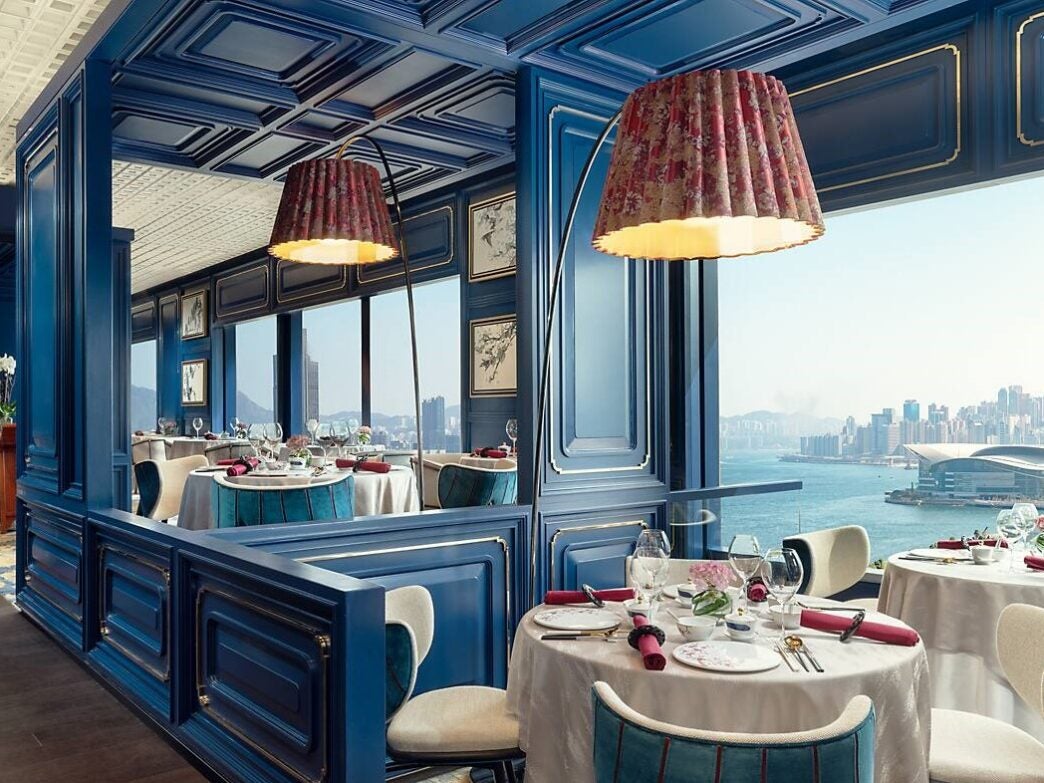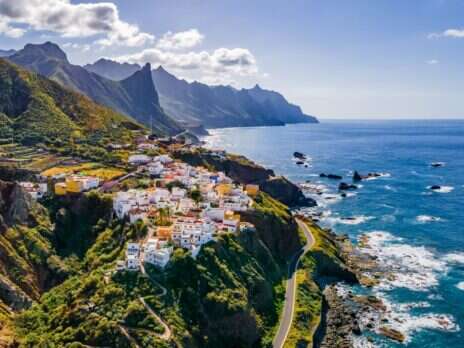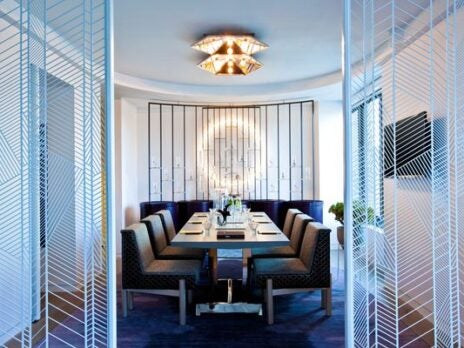 Hong Kong, China – Reported by Elite Traveler, the Private Jet Lifestyle Magazine
Hong Kong, China – Reported by Elite Traveler, the Private Jet Lifestyle Magazine
Christie’s is pleased to announce the Evening and Day Sales of Chinese 20th Century Art will be held on 27-28 November at the Hong Kong Convention & Exhibition Centre. Together with the Asian contemporary art sales, over 450 highly sought-after pieces will be offered with a combined pre-sale estimate of HK$300 million (US$38 million). The market for Chinese 20th century is among the most robust. With strong prices and record results seen in Christie’s recent sales and a growing global appeal, the category stands as one of the driving forces behind the strong rebound of the auction market in Asia.
Cultural communication between the East and the West had begun as early as the 17th century. By the 19th century, Western oil painting had been formally introduced into China. Chinese artists, poets and intellectuals faced the revelation of China’s cultural and political isolation, and quickly adopted a progressive attitude towards the arts. Christie’s presents some of the greatest Chinese 20th Century masters who established a whole new chapter in Chinese art history. These artists work with Western oil-based media and modern techniques to create artworks infused with the aesthetics and ethos of traditional Chinese culture and techniques.
Sanyu’s work is perhaps the finest example of this exploratory process of linking the traditions and rich history of Chinese art with modern techniques. Leading the Evening sale this season is Potted Chrysanthemum in a Blue and White Jardinière by Sanyu (1901–1966). Deep crimson was frequently employed by Sanyu throughout the 1940-1950’s, and in Potted Chrysanthemum it brings a heightened intensity and expressiveness that contrasts sharply with the reserved pastel pink of his works in the 1930s. Here the artist explores both the abstract nature of color and the essence of still life paintings, resulting in a work that displays both the cultural presence of traditional Chinese literati paintings and the clear artistic influence of Western techniques. This work stands as one of the most important from the artist to appear on the auction market in recent memory and has the potential to set a new auction record.
This season Christie’s will offer over 20 pieces of sculpture from Ju Ming (b. 1938), one of the most well-known and widely collected of Chinese modern artists. These works, valued in excess of HK$30million /US$3.9 million, provide a detailed view of the artistic explorations of this artist over his 40-year career. Among the highlights is Split Taichi, a 1982 work sculpted from a single split tree trunk and then cast in bronze.
The earliest of Ju’s works on this theme, it signalled his desire to move beyond individual Taichi subjects to show how multiple figures link together and interact in the practice of taichi. Split Taichi is neither introspective nor meditative, but instead projects a timeless feeling of the energy and movement flowing between these two individual figures split apart from one another. More than 2 meters in height, this majestic work is a crucial transitional work that provided inspiration for Ju’s later Sparring series and the extreme simplification of the Arch series.
Wang Yidong (b. 1955) was a pioneering force of China’s social realist painting school. As one of the leaders of Chinese Realism, his paintings are earnest and humble portrayals of humankind. Less concerned with physical than with moral beauty, they endeavor to project the aesthetics inherent in simple scenes of daily life.
Full of cultural symbolism and executed in translucent layers of paint in the spirit of the traditional gong bi method, Wang’s A Married Woman in the Mountains echoes his affection and respect for his traditional roots with his decidedly Chinese context and maneuvering of space. The work mixes elements of both realism and modernism in the simple well-handled division of the compositional space, the dichotomy of cold and warm hues, and the poignant use of emptiness and embellishment, as well as light and shade. The understated splendor of the wedding is celebrated in a theatrical manner, and his insertion of recognizable Chinese symbols is a deliberate one. The dignity and warmth in Wang’s portrayals return the focus in modern Chinese Realist painting to the basic elements of nature and human activities as he explores new meanings of age-old customs in China.
In the history of both Eastern and Western art, the raw beauty of natural landscapes has served as a common source of inspiration and subject matter. How landscapes were depicted in art, however, differed greatly between the East and the West. Unlike their Western counterparts, Chinese artists focused on the individual’s response to a landscape and the practice of painting it, rather than representing the subject matter. With the opening of China in the 20th century, the Chinese began to seek sources of modernity and innovation outside its borders and many of the nation’s top artists travelled abroad for work-study programs where they were able to inject modern ideas and energy into their Chinese painting styles. Given the long, rich history of Chinese landscape paintings and calligraphy, the genre makes for an especially profound study of artistic revolution during this period in China. This season, Christie’s will present a range of important landscape work from the pioneers of the 20th century, including Chen Cheng-po, Wu Guanzhong and Zao Wou-Ki.
Villa by Lake Tai was created by Chen Cheng-Po (1895-1947) in 1929 when he was residing in Shanghai. This important masterpiece depicts the special historical background of Taihu Lake and masterfully displays the artist’s philosophy behind landscape painting. Employing the “one river, two banks” structure of traditional Chinese painting, the work accentuates the harmony of the natural space and creates an expansive scene that allows Chen to display his great facility in his handling of space, line and color. This work is a grand example of the artist’s understanding and study of the natural environment. His influences are clear: his fondness of the arching brushstrokes seen throughout this work reflects the dynamic line found in Renoir’s works, while the ‘framing’ technique is reminiscent of Cézanne’s. This work’s inspired format, perspective, juxtaposition of form, and idealized technique combine to underscore a new chapter in Chinese paintings, one that Chen Cheng-Po in particular helped to introduce.
Wu Guanzhong (1919-2010) studied in France from 1947-1950 and returned to China as he believed that one could only create art on home soil. Wu was determined to introduce oil as a medium, as well as other influences from Western art, into the Chinese classical painting tradition. Wu created three paintings for the Lacebark Pine in the Imperial Palace series, including Lacebark Pine in the Imperial Palace I, in the collection of the National Art Museum of China in Beijing; and Lacebark Pine in the Imperial Palace III (also known as Old Pine in the Jingshan Park in Beijing), which sold for HK$9,192,000 in Christie’s Hong Kong in November 2005. This season, Christie’s Hong Kong is proud to offer Lacebark Pine in the Imperial Palace II in the Evening Sale. An important and historical work from the artist, it is among the most desirable pieces for collectors today.
One of the most renowned artists who paved the way for Chinese oil painting in the 20th century is Paris-based Zao Wou-Ki (b.1920), who achieved perhaps the purest fusion of Western and Eastern techniques. In 15-2-73 Zao presents a canvas clearly steeped in Western painterly abstraction, but one which also incorporates the multiple perspectives of Chinese classical painting. There is a poetic rhythm and energy to the painting, while also exuding a state of quietness that allows the viewer freedom to inject himself and his imagination into the lively natural landscape, making it part of his own meditation on life.
Touring Schedule:
Date Location Venue
2-8 October Hong Kong Hong Kong Office Gallery
24-25 October Beijing St. Regis Hotel
27-28 October Shanghai Four Seasons Hotel
30 October Xiamen Humble Art & Antique Museum
20-21 November Taipei Fubon Life Assurance Building
25 November – 1 December Hong Kong Hong Kong Convention and Exhibition Centre





